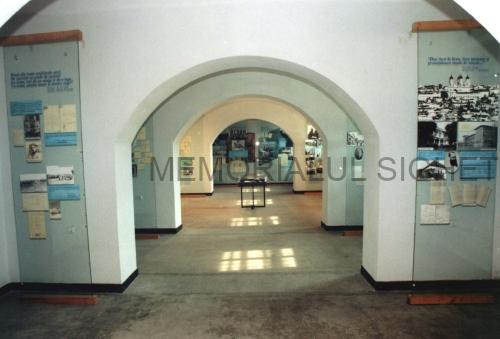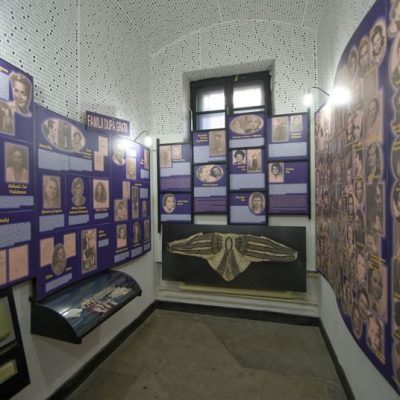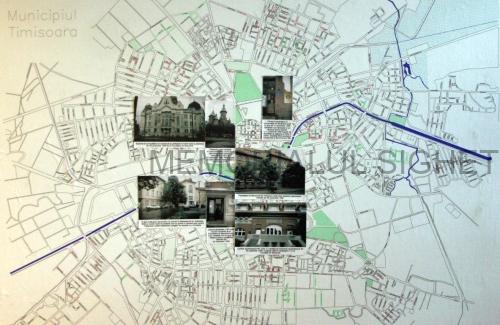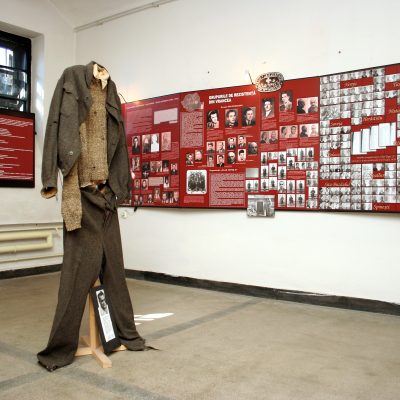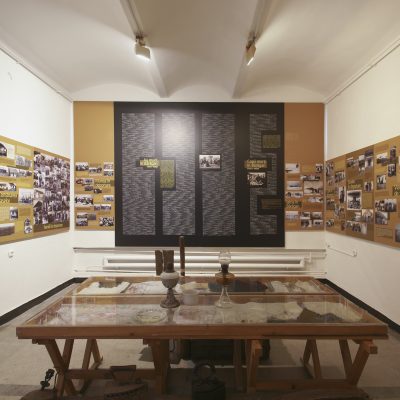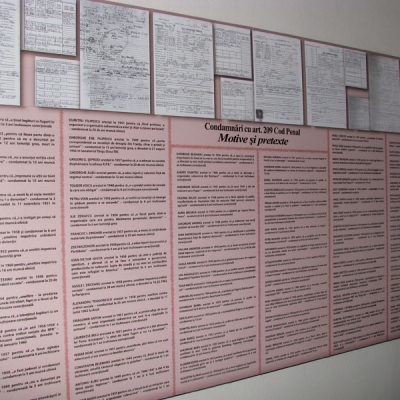Between 1949 and 1951, the destruction of society’s elites was on the verge of completion: intellectuals, diplomats, priests, officers, magistrates, the police, and politicians of the old “bourgeois-landowner regime” were in prison; the most industrious peasants had been deported to labour camps. Collectively and individually, they were branded “enemies of the people”. There still remained young people, an unpredictable social force that had to be brought in line. It was for this generation that the Piteşti Experiment was invented (named “re-education” by the Securitate). The most barbarous methods of psychological torture were applied to
“recalcitrant” young prisoners of the most divers political and religious creeds, with the aim of making them reciprocally humiliate each other, physically abuse each other, and mentally mutilate themselves by denigrating their own past. This diabolical operation of depersonalisation, “breaking up cliques”, and moral assassination and commenced in the summer of 1948 at the Suceava and Piteşti penitentiaries, reached an apogee of cruelty and bestiality, before continuing at a lesser degree of intensity at the Gherla and Târgu Ocna penitentiaries. A stop was put to the experiment after the enquiry and major trial held in 1953-54.
The verdict of 10 November 1954 sentenced to death twenty-two members of the Iron Guard commando led by Eugen Ţurcanu (sixteen of whom were executed). In another trial, held in 1957, Teohari Georgescu, Marin Jianu, Gheorghe Pintilie, Alexandru Nicolschi, Mişu Dulgheru were convicted of minor offences and subsequently amnestied.
The Piteşti Experiment is regarded as unique in the panoply of methods for the mass destruction of the human personality. It continued in the years that follow, on the scale of society as a whole, as a method of mass repression using mental torture and subliminal aggression.
posted in: First Floor



